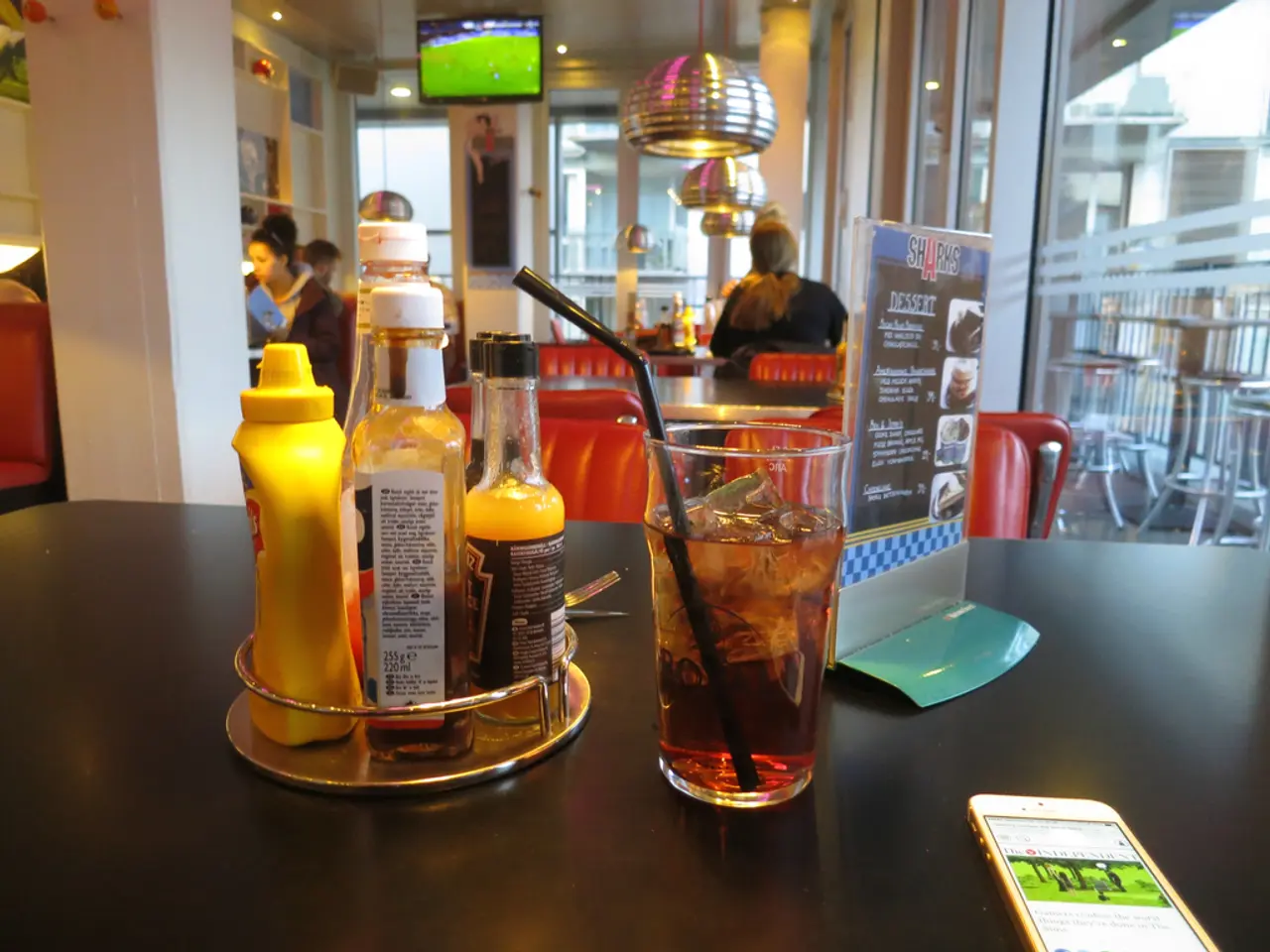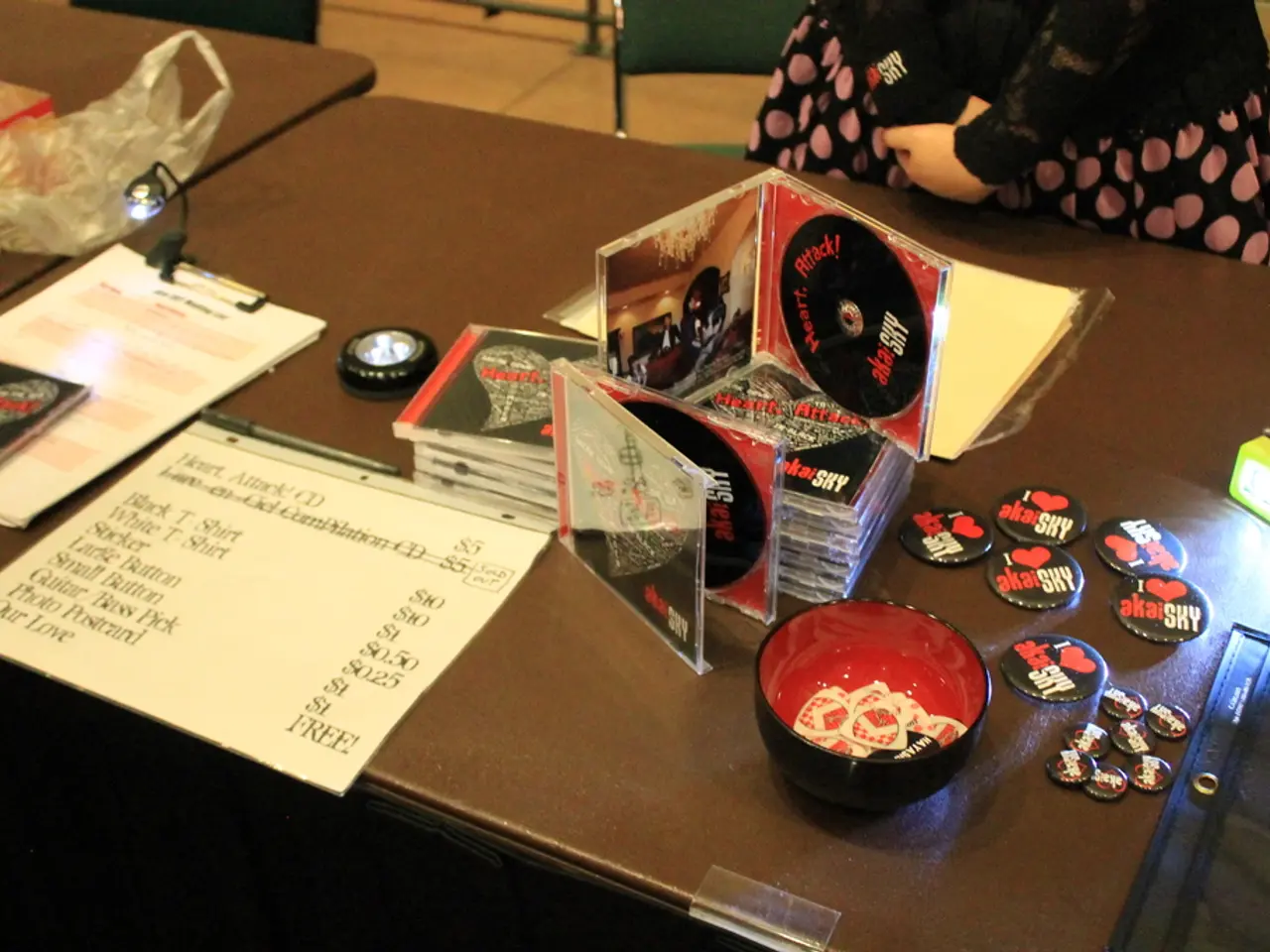Exploring the Distinctive Anime Aesthetics: What Makes Each Style Unique?
In the vibrant world of anime, art plays a pivotal role, extending far beyond the screen to influence fashion, conventions, and various aspects of media and entertainment. From its roots in Japanese culture to its global impact, anime's art style is a unique fusion of historical, cultural, technical, and creative elements.
Anime's distinctive visual language is characterised by large, expressive eyes, sharply defined lines, and bold, bright colours. This style allows characters to wear their emotions openly, creating a relatable yet fantastical experience for viewers. Symbolic elements, such as unnaturally lively, colourful hair and visual motifs like sweat drops for nervousness or glowing eyes for intensity, further amplify emotions and actions.
Traditional animation techniques, like limited animation with reduced lip movement and flat expressions, focus on key frames and visual impact, creating a unique pacing and style different from Western animation. The art style is also shaped by a broad thematic range, including historical figures and complex narratives, leading to diverse art interpretations.
The use of vivid colour schemes and unique character designs is central to anime's visual appeal. Iconic characters like Naruto and Son Goku, with their spiky hair and bright outfits, or more subdued characters from The Elusive Samurai, stand out around the world. Some anime, like Jujutsu Kaisen or Tower of God, blend styles from manga, manhwa, and other art forms, enriching anime’s visual identity and adaptability.
Directors carefully choose art styles that match the story's theme and tone. Hayao Miyazaki's work at Studio Ghibli, with its dreamlike landscapes and flying scenes, is a perfect example. Akira Toriyama, creator of the iconic Dragon Ball series, is renowned for his strong, muscular characters and explosive action. Clamp, an all-female artist group, made their mark with detailed outfits and elaborate plots.
Colours in anime serve more than just aesthetic purposes. They can signify change, reflecting characters' growth or changes in the world around them. Colours can also guide emotions without words, helping shape what viewers focus on and what matters most in the story. For instance, bright colour schemes evoke feelings of joy or excitement, while muted colours create tension or sadness.
Technology has revolutionised anime production, giving creators tools to build animation faster and with more details. Yet, despite these advancements, the essence of anime's art style remains rooted in its cultural and narrative influences. Anime has become a cultural ambassador, fostering a deeper understanding and appreciation of Japan within global audiences.
In conclusion, the iconic art of anime emerges from a mix of expressive character design, symbolic visual shorthand, culturally rooted aesthetics, and creative animation techniques that together create an imaginative and emotionally resonant experience unique to the medium.
The innovative visual language of anime, characterized by its distinctive character designs and vivid color schemes, serves as a powerful tool in fostering an emotional connection with viewers, amplifying the storyline and cultural influences that underpin it. In the realm of entertainment, this unique fusion of art, technology, and lifestyle continues to evolve, solidifying anime's global impact as a symbol of Japanese culture and its creative storytelling.




